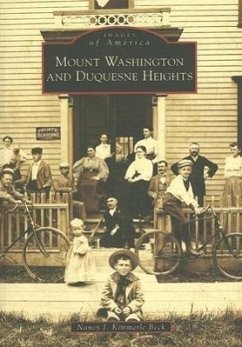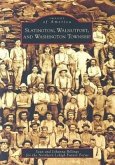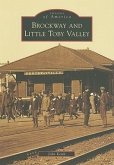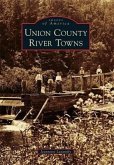For 100 years, a crescent of agricultural land about 25 miles long was isolated from the city of Pittsburgh by two rivers and a hill over 400 feet high. This hill, originally called Coal Hill, hid a resource that contributed greatly to the area's industries. Coal was needed to make whiskey, melt copper and iron, and heat homes and factories. Coal Hill, renamed Mount Washington, drew early settlers who came to work in Pittsburgh's many factories and who contributed to the building of its funiculars. Pittsburgh's inclines became famous worldwide, and by the 1850s, dwellings appeared on the top of Mount Washington. In 1872, the area was annexed to the city of Pittsburgh. Duquesne Heights, originally Dutch Hill, joined Mount Washington due to their close proximity. It is here that one of the last remaining inclines operates. Mount Washington and Duquesne Heights highlights the rich history of these beautiful neighborhoods.








